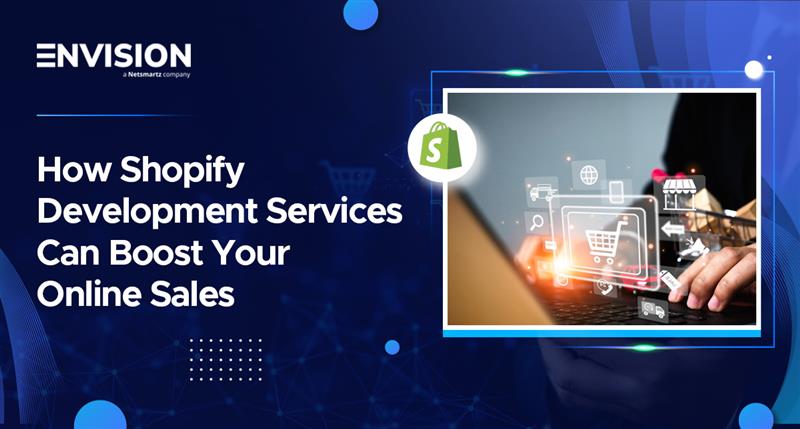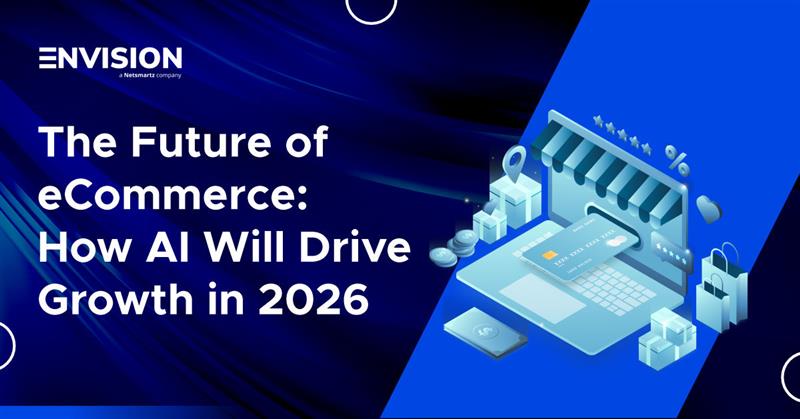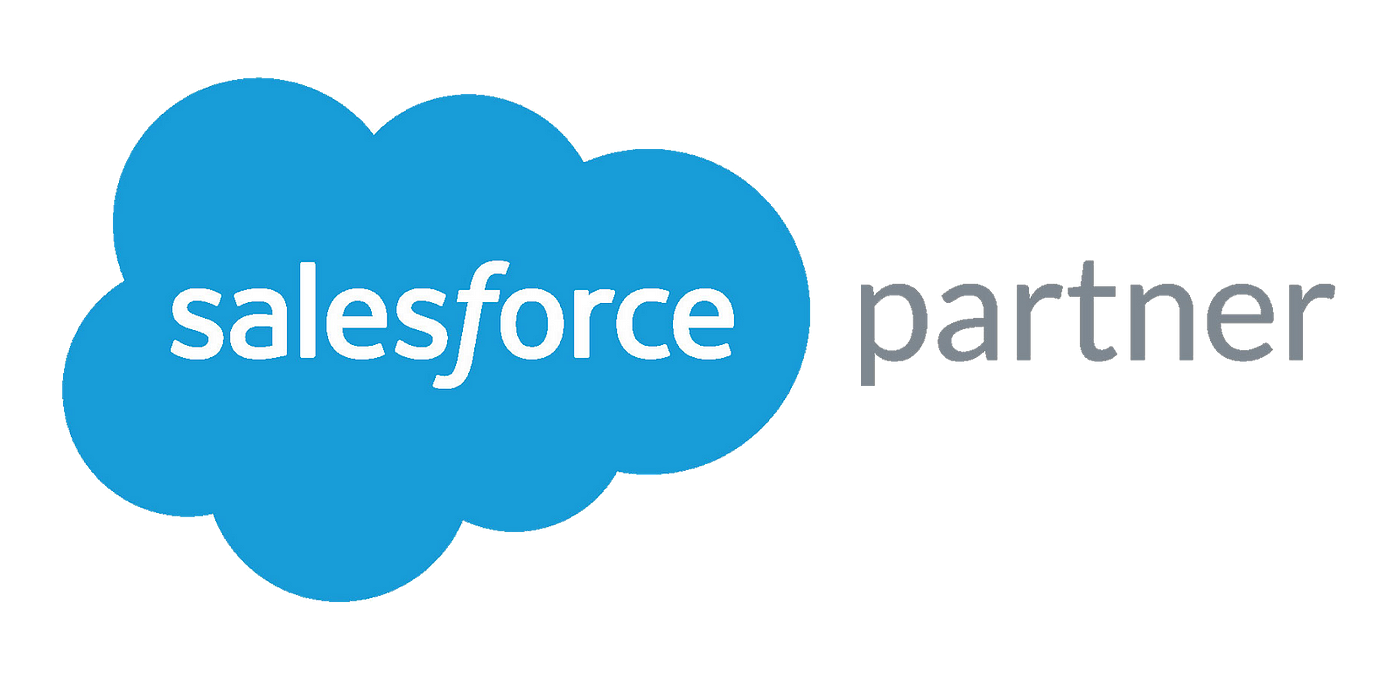A Comprehensive Guide to Push Notifications, Types, Strategies, Services & Metrics
-
 Nidhi Arora
Nidhi Arora
- 8 years

A push notification is an alert-style message that you usually get on your mobile device’s lock screen. These alert notifications will always appear irrespective of whether that user has the app open or not. They help in connecting & re-engaging users with an app. As per Localytics (a leading analytics company), push notifications are considered to increase app engagement by 88%.
The Most Common Types of Push Notifications
Push notifications can be categorized into different distinct categories based on different aspects. But, we bring a list of the most common types of push notifications, including:
- Informational
As the name suggests it is used to inform a user about something critical or important. It is usually delivered in the form of an important note so that user can easily get it without opening the app. For instance, an institute app sends an update to students regarding the exams or date sheet or a gym app might alert a user about gym workout programs or tips.
- New Features & Content
This type of notification is used to update users about new features, version or other beneficial content added into an existing app. For example, WhatsApp recently rolled out a new status feature for its billion plus existing users.
- Social Actions
These alerts are used to bring users back to perform a social action on their social networks such as liking other users’ posts, making comments, etc. For example, a user receives a notification that another user has commented on his/her post.
- Take Action
These alerts are a bit similar to social actions. They inform users about the necessity to take a specified action. For example, a shopping app sends users a notification regarding one day sale, discount, coupon or special deals. In a mHealth app, this can be in the form of a reminder that it’s the time for baby vaccination.
Best Practices to Feel the Full Power of Push
You need to follow some marketing tactics to feel the full power of push. Your push notifications should be some incentive-based that force users to open the app.
Here are some effective tips to create a powerful push:
- Use Personalized Push
Adding personalization into your push messages can lift open rate 4 times greater than just sending a one-size-fits-all message to all users. If you tailor messages for each user, including their personal details like user name, you can communicate on a more personal level with your app users. Here are some potential areas where you can implement this strategy to feel the power of personalized push:
New App Users:
You can target your new app users who have not yet performed following things on your app:
- Did not open the app since the day one after its installation.
- Have not made a purchase via app’s product catalog.
- Have not yet signed up for an account.
Existing App Users:
You can implement personalized push strategy on your existing app users who have crossed certain level in using your app like:
- Touched certain number of sessions by using your app.
- A robust app usage history.
- Made a purchase via your app product catalog.
- Involved in certain assets available in your app, etc.
- Gentle Signup Reminder:
If SignUp is an essential part of your app, you should send a gentle SignUp reminder to your users with a personalized push. For example, you can send something like this –
“Hi, Mark! It seems you forgot to Sign up. Don’t miss out on one extra step of the fun! Go ahead & Sign up– there’s no time like the present! ”
- Send Personalized Push About New Content’s Availability
If you have an app that usually comes up with new content, then you can send your users a personalized message regarding a new content update. For example, if you have a game app and you released a new level for your existing users, you should send a notification to all your existing users who have played all previous levels of the same game. To make this process easier, you can segment your users based on:
- Who have played the latest game level
- Who are behind by a few game levels, etc.
- Analyze Existing Customer Data to Predict the Future
Analyze existing customer data from your app to predict possible future engagements. For instance, you can check the users who regularly open your app on their first ten days just after installation of the app in their mobile devices. These users have a tendency to become your long-time users. Therefore, you can use this opportunity to engage such users on their ninth day of opening your app. So, we can say that push notifications doesn’t only offer value to your app users but also motivates them to come back to use your app again.
- Choose the Right time & Frequency to Interrupt Users Gently
A right time push motivates your users to open the app and also respects your user’s environment.
According to a research conducted by Tapjoy, the push notifications sent in the first days of a week had seen the highest open rates than those sent over weekends.
Image Source: https://home.tapjoy.com/
They even analyzed that some phrases including words like “Get your, “Rewards”, “Gift”, “You can”, “Don’t miss” got a better response than the words “Come back” and “Collect”.
Image Source: https://home.tapjoy.com/
While analyzing existing user data to choose your personalization strategy (As discussed in the 4th Step), you should analyze foregoing user behavior to select the best times to send push notifications. For instance, suppose you have some users who always prefer to open your app in their morning hours. Thereby, you can lead to implement a push strategy in the morning, especially for those morning time app openers. Furthermore, you should also avoid sending notifications too frequently.
- Go Beyond Personalized Push
You have prepared and sent a gentle personalized push to your users at their most convenient time of the best day. Your users are coming back to your app and open it via these push notifications. But, is it further supporting them to complete the exact “say” that’s included in your push messages? Or would you believe that they will do the same as you want them to do so via your notifications? Without any further ado, let’s have a look on some examples along with the right strategy to go beyond your personalized push notifications:
- Ensure Sign Up Push Doesn’t Just End at the Push
As discussed above (in 2nd point of push strategies), you send gentle SignUp reminders to your app users and they happily click on it to proceed further with the SignUp process. However, if they click on such notifications, they expect to land on the account creation screen, or want to see in-app SignUp pop up. That’s why you need to ensure that your app is able to perform in accordance with the SignUp push notifications that have been sent to your users.
- Ensure Your Users Are Able to See New Features Content
Finally, your app comes with certain new features or content and you have sent personalized push notifications to your users. Now, your users will click on these push notifications to see newly added features and they will definitely want to get such features on their app screen. So, you need to ensure that your users are not only able to see such features, but also able to use them on your app.
- Ensure Predicted Possible Future User Engagements Don’t Just End at the Push
You had predicted the possible future user engagements and you were really able to convert them. Now, you need to ensure that your app has the potential to retain such users for a long time after opening your app for the very first time.
Personalized Push Brings More User Engagement – It’s thoughtful, right?
According to a recent survey by Leanplum (a mobile marketing platform), these personalized push had a 4* lift in the app open rate (increased by up to 800%) after evaluating 1.5 billion push notifications.
Source:http://www.prnewswire.com/news-releases/leanplum-report-finds-800-percent-increase-in-push-notification-engagement-due-to-personalization-300269878.html
Furthermore, Localytics analyzed a boost in app engagement by 88% via push notifications.
Source:http://info.localytics.com/blog/6-stats-that-prove-how-important-push-notifications-in-app-messaging-are-to-your-apps-success
info.localytics.com/blog/push-messaging-drives-88-more-app-launches-for-users-who-opt-in
Push Notification Success Metrics
According to Leanplum reports, the personalized push alerts had an average 9% CTR (Click through Rate). (Source: https://www.leanplum.com/blog/personalize-or-bust/) To measure the success rate of your push notifications, you need to evaluate your implemented push strategies and resulted conversion percentage. Once again, you can take afore-shared push strategies to evaluate push success metrics:
Example 1: Sign Up Push Notifications
Compare your CTR with the conversion percentage of users who received the sign up push notifications. It will give you an idea that how many users opened your app and how many of them really completed the Sign up process.
Example 2: New Feature & Content Updates
Evaluate whether the alerted users actually used or led to new feature/updated content of your app or just left after seeing it.
Example 3: Future User Engagement Prediction
Compare the rate of your current users’ app engagement with what you’ve predicted earlier. Were you able to convert them into your long-term app users? It will give you an idea about your push notifications’ success rate.
Other Important Metric:
Return on Effort:
Investigate deeply into the designing and execution efforts that you’ve put into your push notification strategies. The question is, are these efforts really worth it? Make sure to equate your opt-out area performance with those that have opted-in and are getting messages.
Based on this evaluation, you can easily decide whether you should invest in more push notifications or to diminish such efforts.
Push Notification Services
Each platform differs in its push notification versions. The most common push notification services mainly include:
- APNS (Apple Push Notification Service)
- MPNS (Microsoft Push Notification Service)
- Google Clouding Messaging
- SMS Gateways
We understand that creating a different push strategy for each of these will consume lots of time. Well, it’s time to big bye to all your worries. Fortunately, there are cross-platform apps that make this process easy for you. Yes, you heard that right! You can use these cross-platform apps to manage your push notifications across every mobile device or platform (like iOS and Android).
We at Envision Ecommerce have already developed several cross-platform, hybrid technology and Ionic based mobile apps featuring pre-built notification features. You can take push notification benefits from these apps or you can contact us at sales@envisionecommerce.com for your custom push notification requirements. Our professional Ionic app developersare ready to serve you!
Download Blog












